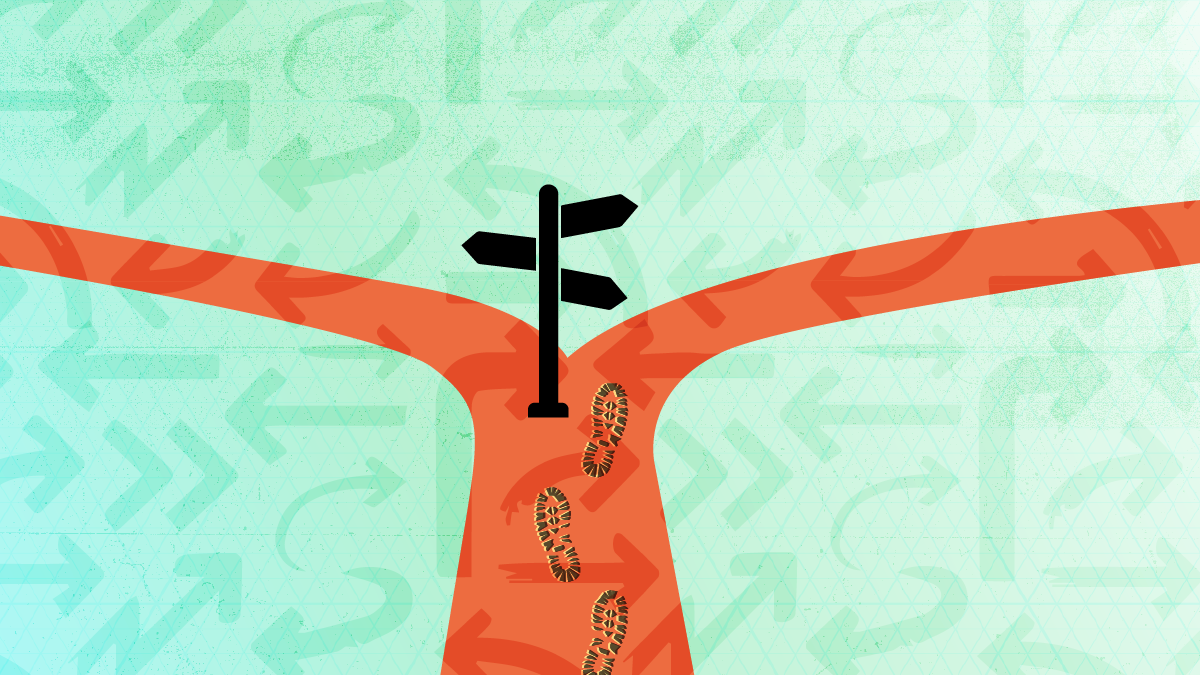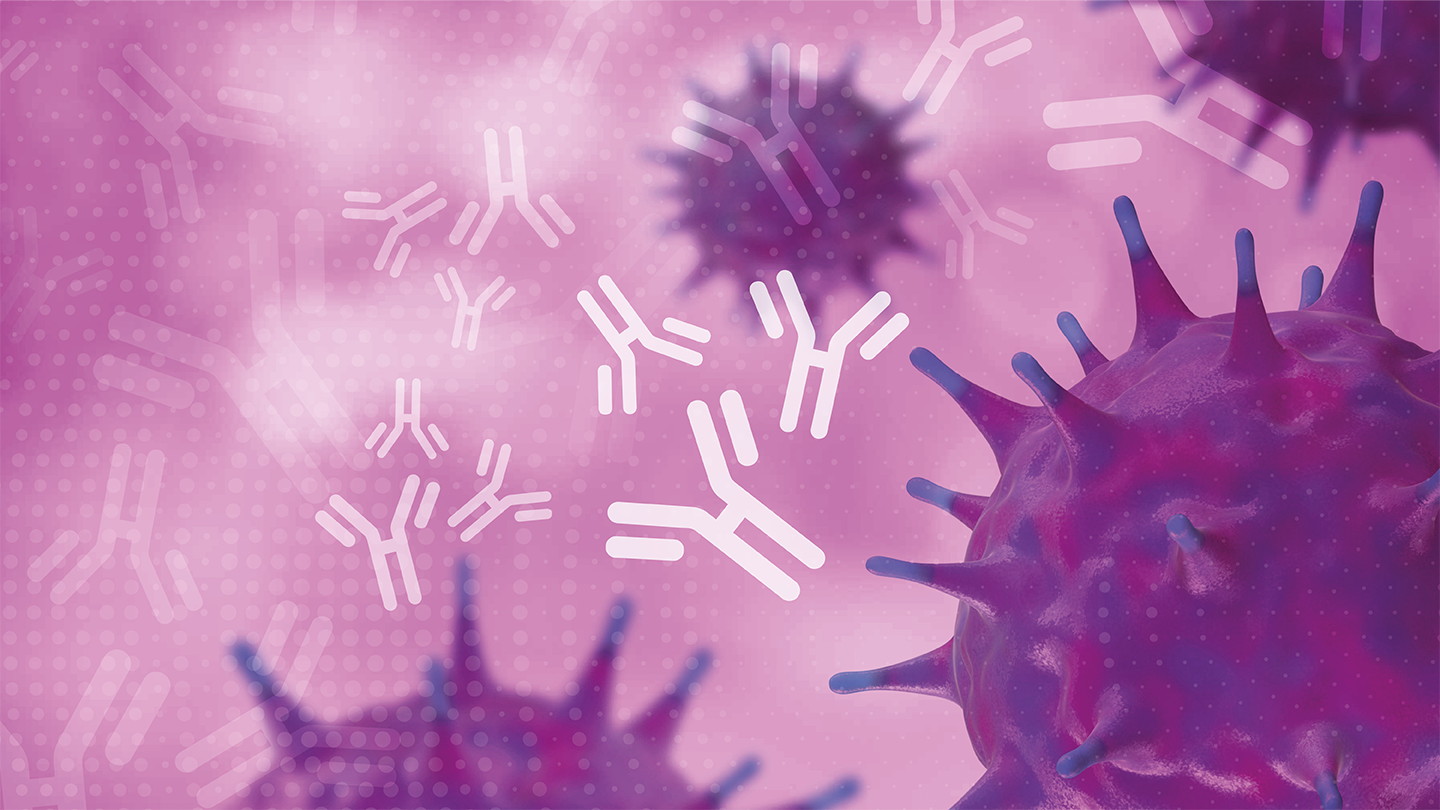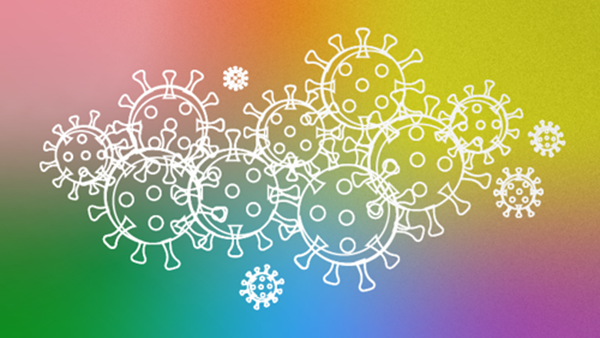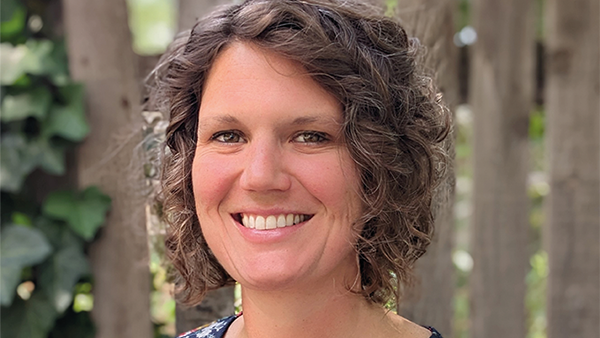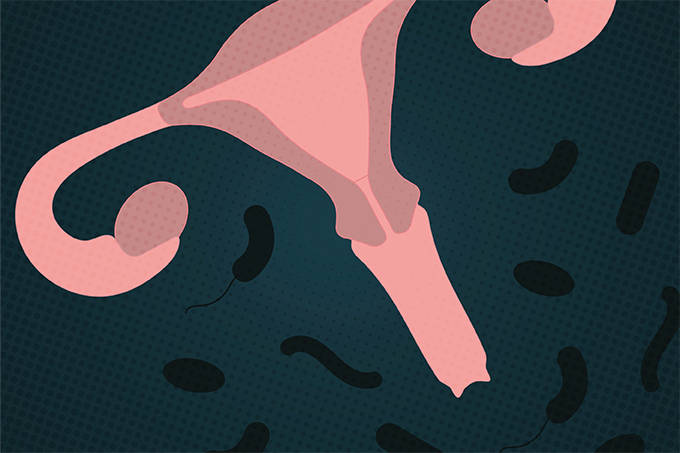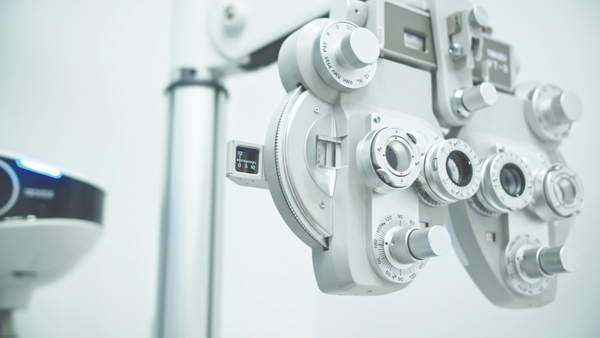HIV: The Road to a Cure
How one company is hoping to create a functional cure for HIV
According to the WHO, roughly 39,000,000 people are affected by HIV, with an additional 1,300,000 cases reported each year – from which Africa accounts for more than two-thirds of the positive population. Though researchers have succeeded in managing HIV with lifelong adherence to antiretroviral therapy (ART), there is still no cure.
“Lifelong adherence ART is crucial for individuals living with HIV,” says Jeff Galvin, Founder and CEO of American Gene Technologies and its HIV-focused division, Addimmune. “It controls the virus and prevents progression to AIDS, as well as significantly reducing the risk of transmitting HIV to others.”
ART, however, is not without its drawbacks. “Patients must contend with a range of side effects, both short-term and long-term. This includes anything from nausea and diarrhea to fatigue and depression,” says Galvin. In fact, the long-term use of ART may also contribute to the development of serious complications, such as liver, kidney, heart diseases, and certain cancers.
Galvin believes that more options are needed; in particular, we need a cure. Addimmune is developing a single-dose lentiviral-based autologous cell therapy (known as AGT103-T) that could possibly treat HIV. “Our treatment functions by introducing gene-modified HIV-specific CD4 T cells into individuals living with the virus. These modified CD4 T cells then target the Gag protein of HIV, enhancing the immune system’s response to the virus,” said Galvin.
AGT103-T incorporates three knockdown elements into the DNA of CD4 cells to provide increased protection against HIV infection. By eliminating the CCR5 receptor and targeting two critical regions of the HIV genome (Vif and Tat), the therapy can disrupt the virus’ ability to infect and replicate within CD4 cells. This, in turn, reduces viral load and prevents disease progression.
“It also shields CD4 cells from infection, while preserving their ‘helper’ function, which is essential for mounting an effective immune response against HIV,” Galvin explains.
The clinical benefits were validated in a recent phase I clinical trial that met all its endpoints. “There were no serious adverse events, and we recorded 100 percent of the secondary endpoints of blood marker efficacies,” says Galvin. The team then followed the trial with an analytical treatment interruption (ATI) study that also saw 100 percent of the participants show signs of an effective immune response to HIV. For participants who completed the full withdrawal protocol, they even saw significant suppression of viral loads without their antiretroviral medications.
“In theory, AGT103-T is a one-and-done therapy that can cure HIV with a single dose. It aims at immune restoration by replenishing HIV-specific CD4 T cells, thereby bolstering the body’s ability to control the virus. The recent phase I trial demonstrated positive safety outcomes, with sustained immune responses observed up to six months post-dosing,” says Galvin.
AGT103-T is also capable of replicating the immune responses observed in elite controllers and long-term non-progressors. Indeed, this process is necessary for sustained viral suppression without the need for lifelong antiretroviral therapy.
Now, additional studies are underway to assess the long-term effectiveness of the treatment, with some participants maintaining sufficient cell counts to mount an immune response over two years after initial administration of AGT103-T.
